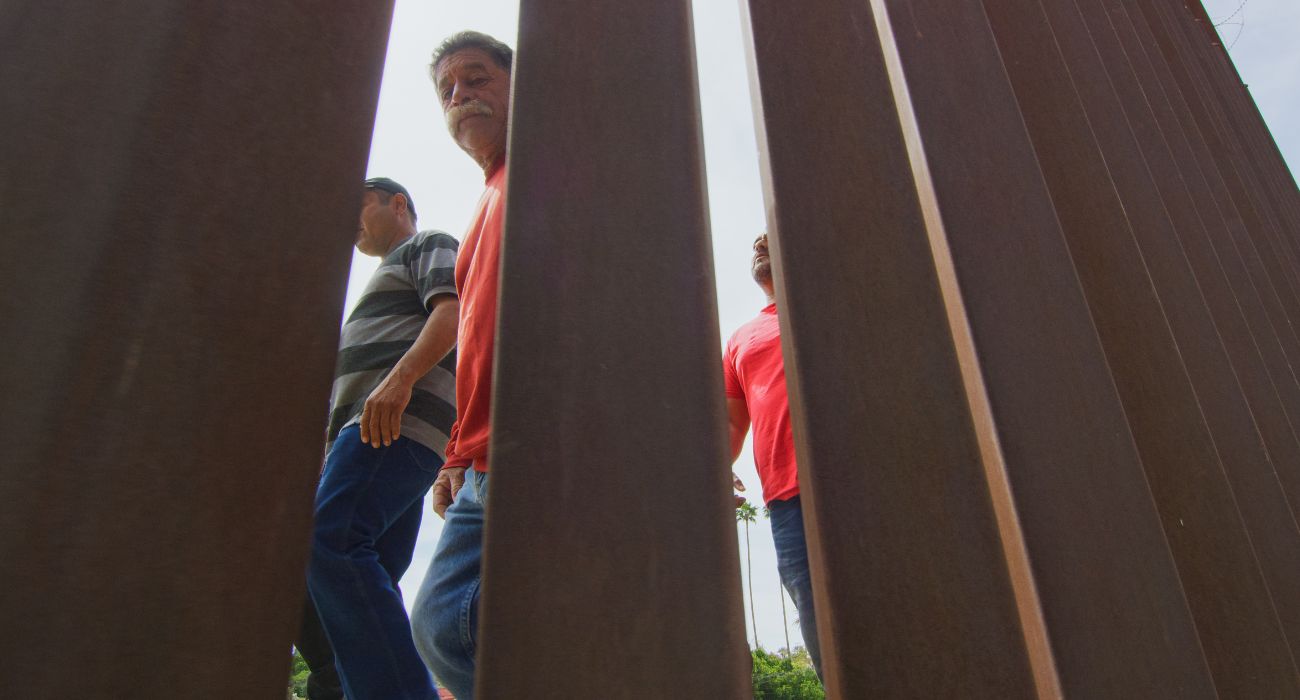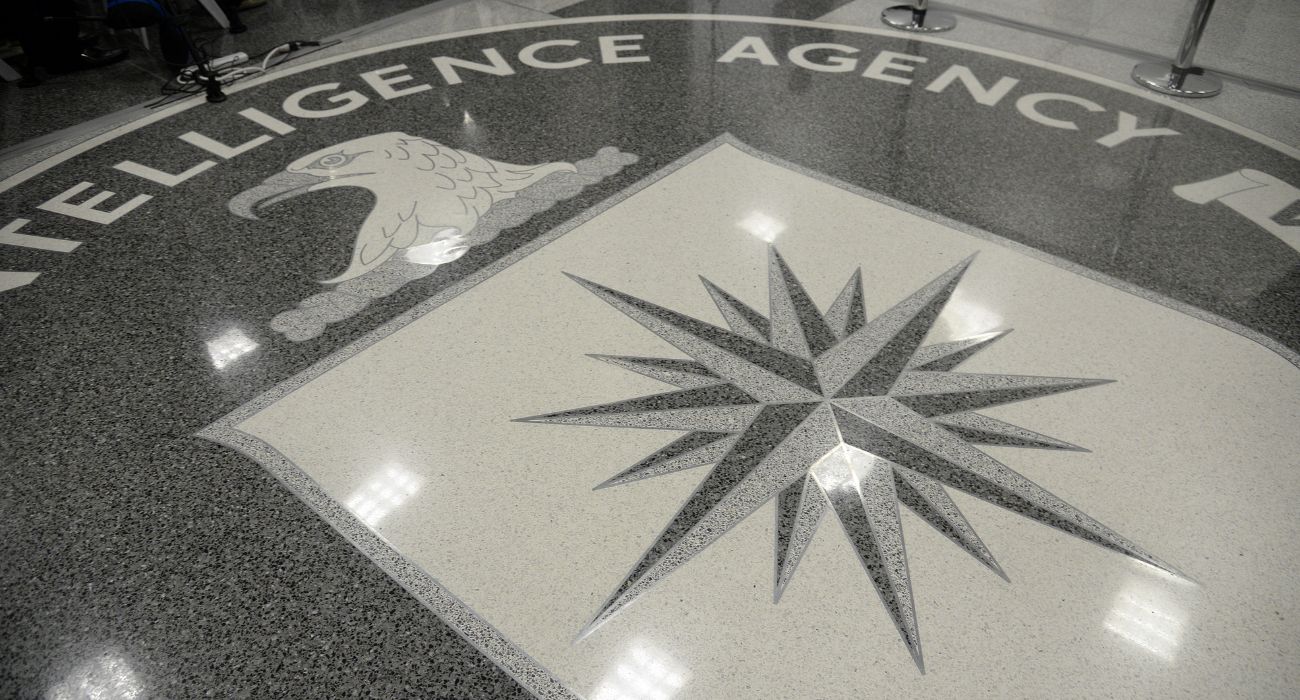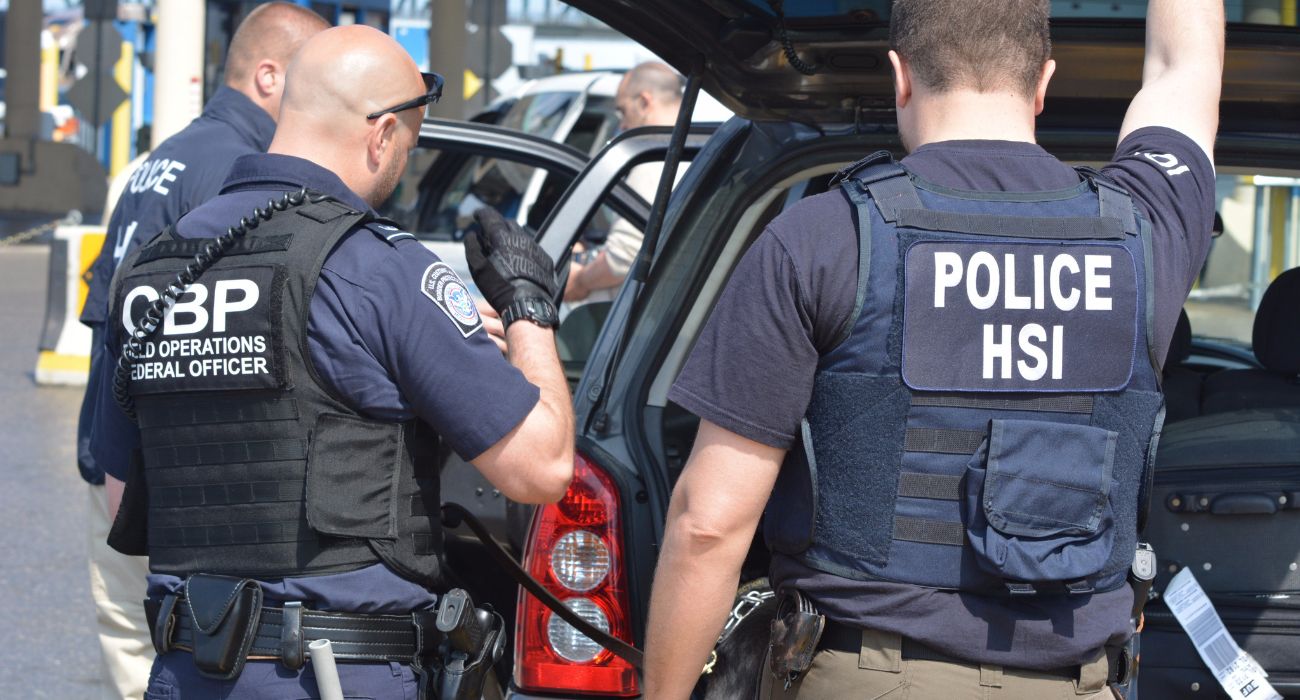After a sizeable drop in cases two years ago amid pandemic lockdowns, the respiratory syncytial virus, commonly referred to as RSV, is currently surging across the country.
As restrictions began to ease in the summer of 2021, RSV rates began climbing in the country, despite the illness typically being confined to fall and winter. Now, hospitals across the United States are experiencing a rapid rise in cases of the common respiratory illness.
Particularly worrying for medical professionals is the possibility that RSV rates will peak alongside the flu and COVID-19, stressing hospital capacity. Some, like Dr. Juan Salazar of Connecticut Children’s Hospital, calls the current surge an “emergency.”
Connecticut Children’s Hospital was recently forced to leverage playrooms to accommodate the growing number of children seeking care. If things worsen, the National Guard field hospital will be considered for the overflow. Fortunately, as of now, that has not been required.
According to PBS, most American children will contract RSV at least once before they turn two years old. The virus shares many symptoms with the common cold, like a runny nose, cough, and fever. Infected individuals are typically contagious for three to eight days, but babies and those with weakened immune systems can spread the virus for as long as four weeks. There is not yet a proven and safe vaccine to treat the illness.
For most individuals, RSV is not particularly dangerous, but the virus can pose a significant threat to infants, older adults, and the infirm, with severe airway and lung infections occurring in rare cases.
PBS reported that in a typical year, 58,000 American children under age five are hospitalized with RSV, with up to 500 deaths linked to the virus. In addition, 177,000 adults aged 65 and older are usually hospitalized, leading to an annual average of 14,000 deaths among the demographic.
Dr. Melanie Kitagawa of Texas Children’s Hospital in Houston — which currently houses over 40 children with RSV — told PBS that breathing complications that interfere with children’s eating are particularly concerning.
WFAA reported that Cook Children’s Medical Center in Fort Worth has similarly experienced a rise in cases in recent months. Since late summer, the hospital has been at maximum capacity. Between October 9 and October 15, 288 patients with RSV were treated at the hospital. According to Dr. Maxie Brewer, doctor of osteopathic medicine at Cook Children’s, “It’s been crazy… This has been the highest volume of patients I have ever seen.”
According to PBS, the rising rates are at least partly attributable to the reduction in lockdowns since last year. During the height of the pandemic, children were often sheltered from exposure to circulating viruses.
However, as Dr. Elizabeth Mack of the Medical University of South Carolina suggested to the news outlet, while this resulted in less sickness, it also might have diminished immunity. Now, children’s natural defenses may not be adequately prepared to offer protection. Over two years of masking, too, has potentially contributed to the lack of immune defense.
While treatments for RSV do not yet exist, oral steroids and inhalers can sometimes provide symptom relief, according to PBS. In rare instances, oxygen, breathing tubes, or even a ventilator may be required for some people.
To help reduce the spread, experts recommend diligently washing your hands and remaining home when sick. According to Dr. Russell Migita of Seattle Children’s Hospital, if you have concerns about your child’s breathing, “do not hesitate” to call 911 or take them to the emergency room.






